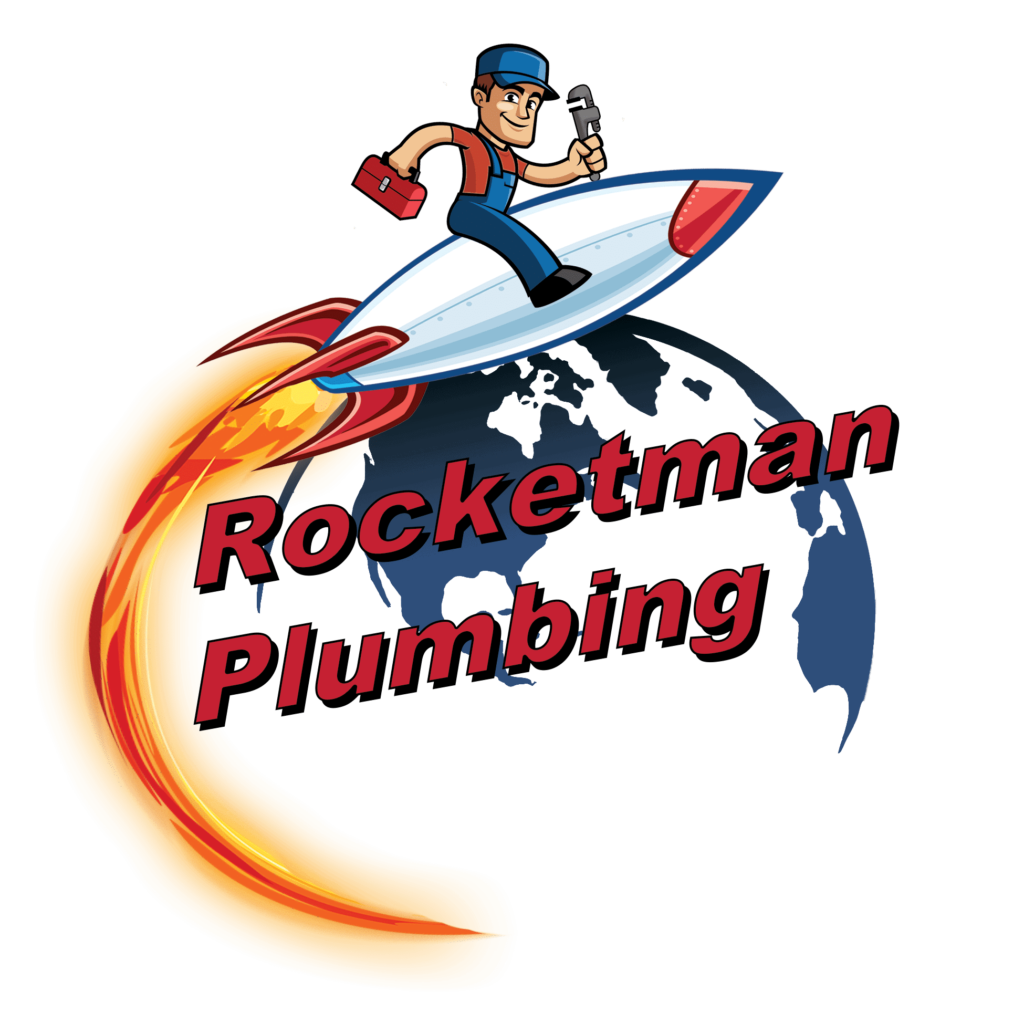
Knowing how to turn off water to your home, apartment, condo or commercial building is an important piece of knowledge every person needs. But many people don’t learn how to do this until there’s an emergency.
By learning how to turn off your water, you can minimize damage resulting from a leak.
When might you need to turn off your water?
- An appliance, such as dishwasher, washing machine or hot water heater, has sprung a leak
- A pipe has frozen and burst
- You’re going to leave the property for an extended time
- There’s a mystery leak flooding your house or yard and you’ve called a plumber
Before you turn off the water, decide if you need to turn off the water to your entire house or building, or just to one fixture or appliance. If a pipe has burst, you need to turn off all water. But if a dishwasher is leaking, for example, you just need to shut off the water to this appliance.
The best time to learn how to shut off your water is before there’s a leak or emergency!
Where to Find the Main Water Valve for Your House or Building
There are three common places for this main shutoff valve:
- In cold climates, the main shutoff is usually in the basement near the front of the house or building.
- In warmer climates, it may be attached to an exterior wall, connected to your water meter.
- The valve could also be in an underground box with a removable lid that sits flush with ground level. Your water meter will also be located in this box.
If you are in an apartment, condo or commercial building, you may need to ask your landlord or maintenance staff to show you the main valve. It’s possible that there’s only one valve for the whole building.
Gate Valves and Ball Valves
After you find the valve, determine which type of shutoff valve it is. There are two main kinds of valves. A gate valve is opened or shut by turning a round handle like you see on outdoor faucets. A ball valve is more common in newer construction and has a lever handle.
A gate valve should be turned repeatedly until it is completely open or shut. Turn clockwise to close, counter-clockwise to open.
The lever for a ball valve is turned 90 degrees to open or shut it. When the valve handle is lined up with the pipe, it is open. When it is perpendicular to the pipe, it is closed.
A few main shutoff valves require a special tool called a meter key to turn the valve. This is available at home improvement stores. If your main shutoff does not have either handle described above, take a clear picture of it to a home improvement store and ask for assistance.
Isolation Valves for Appliances and Fixtures
Isolation valves are situated on water supply lines leading to appliances and household fixtures like sinks, toilets and showers. The benefit of knowing where these isolation valves are is that if there is a problem with a single appliance, you can shut off that flow of water but keep the water supply going to the rest of the house.
Here’s where to look for these valves (close by turning clockwise, open by turning counter-clockwise):
- Faucets on kitchen and bathroom sinks: Shutoff valves are normally located under the sink. There will be two valves, one for hot and one for cold.
- Toilets: Look on the wall behind the toilet for a water pipe leading into the tank. There will be one handle on this pipe.
- Dishwashers: The water shutoff is often located under the kitchen sink near the shutoff valves for the faucets.
- Refrigerators: The location of the valve depends on the manufacturer. Be sure to turn off the icemaker before you begin your search. If your home has a basement, the shutoff is probably a device called a saddle valve clamped to your water pipe in the basement (or crawl space). It will be a squat piece of piping attached to the water pipe with a handle that enables you to turn the water on and off. The shutoff could also be under the sink.
- Tubs and showers: Valves are usually behind an access panel or under the floor.
- Hot water heaters: A blue-handled valve will be above the water heater on the cold water supply line.
- Clothes washers: There are two valves, hot and cold. They may be located on a utility sink near the washer, or in a recessed valve box set into the wall. Or they could be simply mounted on the wall where the water pipes enter the laundry area.
Need Help Fast? We Provide Emergency Plumbing 24/7
If you are looking for an Albuquerque emergency plumber, you can always count on Rocketman Plumbing to race to your location, day or night, weekdays, weekends or holidays, to help you with plumbing problems. Hopefully, you’ll be able to shut off the water as soon as a leak appears. If not, we’re available 24/7 for help. And we will be happy to show you where any and all shutoff valves are while we’re there.
If you have concerns about your plumbing, give us a call. We are happy to provide a free estimate for your job: (505) 243-1227
